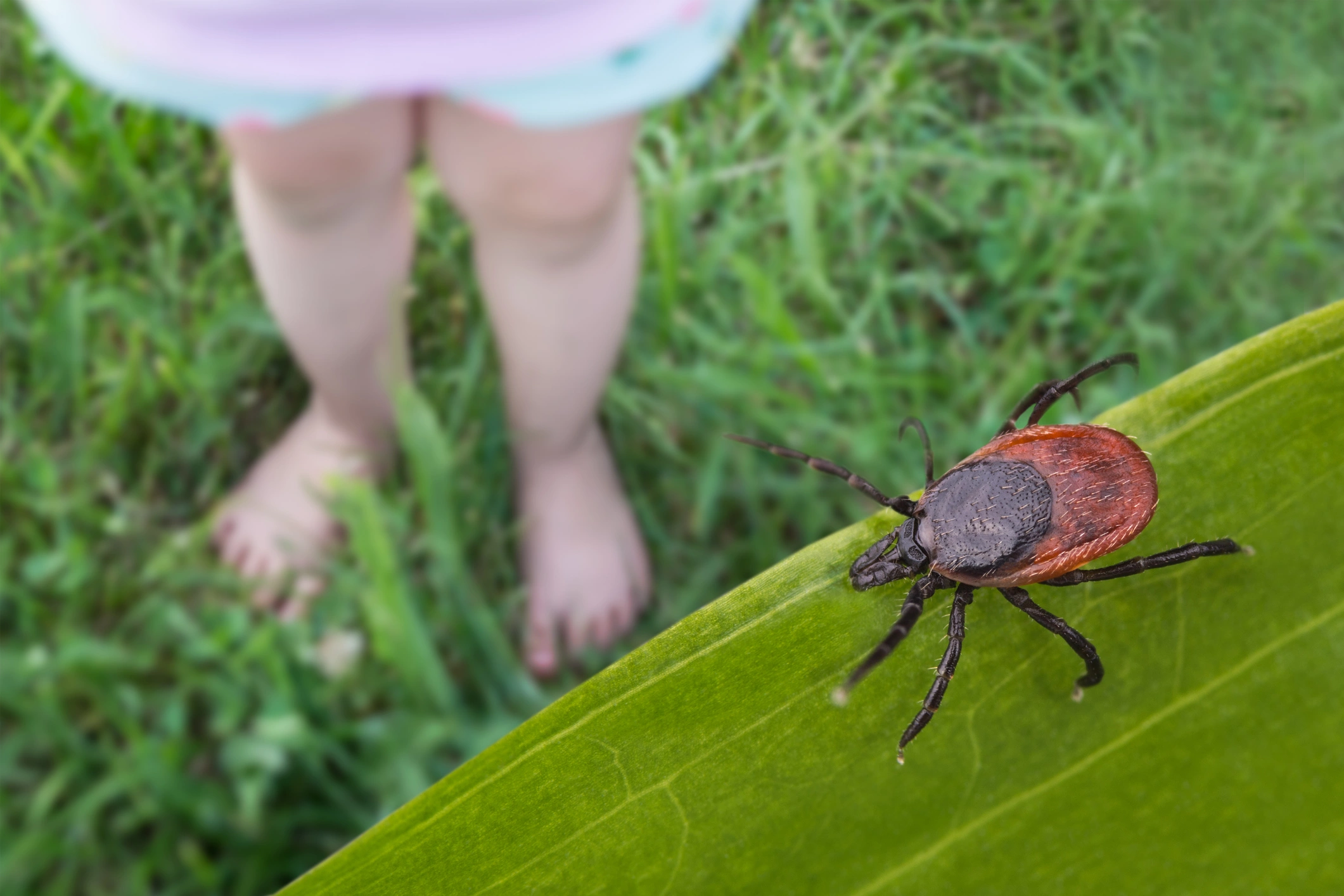

Tick Pest Control in Diboll, TX
Tick pest control in Diboll, TX by Spot On Pest Control, LLC. Inspection and seasonal yard treatments to reduce exposure—protect your pets and kids today.

Tick Pest Control in Diboll, TX
Ticks are a year-round concern in East Texas, and in Diboll, TX the mix of Piney Woods, shaded yards, and abundant wildlife creates ideal habitat for tick populations. Effective Tick Pest Control in Diboll, TX focuses on reducing tick habitat, interrupting the life cycle, protecting pets and people, and maintaining results through scheduled service and homeowner awareness. This page explains common local tick problems, the integrated approaches used to manage them, what to expect during inspection and treatment, and practical steps homeowners can take to keep properties safer.
Why ticks are a problem in Diboll, TX
- East Texas climate: warm, humid conditions and mild winters extend tick activity compared with drier regions.
- Local species: Lone Star ticks, Gulf Coast ticks, American dog ticks and brown dog ticks are commonly encountered and can transmit diseases or cause allergic reactions.
- Habitat and hosts: wooded edges, tall grass, leaf litter, bird and rodent populations, and deer corridors around residential properties create recurring hotspots for tick exposure.
- Human and pet risk: children and pets that play in yards and near brush are most at risk of encounters and bites.
.webp)
Common tick issues in Diboll homes and yards
- Recurring tick sightings along property edges and shaded play areas.
- Tick presence on family pets after walks or yard play.
- High tick counts in fences, kennels, and woodpiles.
- Seasonal spikes in activity in spring and late summer, with some species active across warmer months.
- Concerns about tick-borne illnesses (e.g., ehrlichiosis, Rocky Mountain spotted fever) and Lone Star–related meat allergy (alpha-gal) following repeated bites.
How integrated tick pest control works
An effective program uses several coordinated strategies to reduce ticks while limiting chemical use and protecting residents and pets.
Inspection and property risk mapping
- Comprehensive on-site inspection to identify tick hotspots: wood lines, overgrown vegetation, leaf piles, rodent harborage, and pet areas.
- Identification of tick species when possible to tailor treatments and schedule.
- Assessment of landscaping and drainage factors that promote shaded, humid microclimates where ticks thrive.
Landscape management (first line of defense)
- Trim back shrubs and tree limbs to increase sun and airflow along yard edges and trails.
- Keep grass mowed and remove leaf litter, brush piles, and unnecessary ground cover near foundations and play areas.
- Create a 3- to 4-foot-wide mulch or gravel barrier between wooded areas and lawns to reduce tick migration into living spaces.
- Store firewood away from the house and elevate it off the ground.
Targeted chemical treatments
- Perimeter barrier sprays and spot treatments applied to low-growing vegetation, ornamental beds, and edges where ticks quest for hosts.
- Treatments focus on the vegetation and ground-level leaf litter rather than blanket spraying, reducing overall pesticide use.
- Timing matters: early spring and late summer applications coincide with high activity; repeat applications are scheduled during peak season for consistent control.
- Licensed applicators select products and formulations appropriate for residential settings and follow safety best practices around pets and children.
Biological and host-targeted options
- In some situations, biological controls (such as entomopathogenic fungi that specifically target ticks) or host-targeted devices (tick tubes that treat small mammals with a low-risk acaricide) are used to reduce immature tick populations.
- Rodent control or exclusion measures limit primary hosts that carry immature ticks on properties.
Pet-focused protection
- Treatment programs are coordinated with veterinary tick prevention: topical or oral preventives for dogs and cats remain essential.
- Addressing pet sleeping areas, kennels, and yards reduces the chance of pets bringing ticks indoors.
Homeowner education and behavior changes
- Instruction on personal protective measures: using EPA-registered repellents on skin and clothing, wearing light-colored clothing for easier detection, tucking pants into socks during high-risk activities, and showering and checking for ticks after outdoor time.
- Safe tick removal techniques (use fine-tipped tweezers, pull straight out without twisting) and guidance on when to consult a healthcare provider.
- Pet inspection routines and instructions for treating pets after outdoor play.
Follow-up and maintenance scheduling
- Ongoing service schedules tailored to local seasonality and property risk (commonly every 4–8 weeks during high activity months).
- Seasonal reviews to adjust treatments based on changes in landscape, wildlife activity, or homeowner needs.
- Documentation of treatment dates and recommendations to keep families informed and confident in long-term control.
What to expect during service
- A focused inspection that identifies problem areas and outlines a targeted treatment plan.
- Minimal disruption: most treatments are applied to outdoor vegetation and perimeters; technicians take precautions when properties include children, elderly residents, or pets.
- Clear instructions for post-service precautions around recently treated areas and how long re-entry should be delayed if applicable.
- Follow-up visits scheduled to maintain protection through the active tick season.
Benefits of an integrated approach in Diboll
- Reduced tick encounters around play areas, patios, and pet zones without unnecessary broadcast spraying.
- Lowered risk of tick-borne illnesses by interrupting local tick life cycles and reducing opportunities for bites.
- Protection tailored to East Texas conditions—taking into account local tick species, deer and rodent activity, and the Piney Woods landscape.
- Long-term reduction when landscape changes, host control, and regular maintenance are combined with targeted treatments.
Practical homeowner tips to enhance control
- Keep lawn edges and play areas sunny and well-ventilated; remove leaf litter and woodpiles near the home.
- Create a buffer zone of gravel or wood chips between wooded areas and recreational spaces.
- Use vet-recommended tick prevention products year-round on pets and inspect them daily after outdoor activity.
- Establish a simple tick-check routine for family members after being in wooded or grassy areas.
- Maintain scheduled treatments and seasonal inspections to stay ahead of population spikes.
In Diboll’s warm, wooded environment, a strategic, integrated tick pest control plan focused on habitat reduction, targeted treatments, pet protection, and homeowner education offers the most reliable way to keep properties safer for residents and animals. Regular follow-up and adjustments to treatments ensure protection remains aligned with seasonal patterns and specific property risks.
Tick Pest Control in Diboll, TX With Lasting Yard Defense
Don’t let ticks take over your yard this season. Our professional tick pest control in Diboll, TX eliminates existing populations and prevents future ones with strategic treatments. Trust Spot On Pest Control, LLC to pair this with customized maintenance programs for year-round protection. Schedule your treatment today.
Protect Your Pets & Yard With Long-Term Tick Contro
Our Services
Our pest control services cover ants, termites, bed bugs, rodents, mosquitoes, and other common pests, with customized solutions for both residential and commercial properties.
.png)






